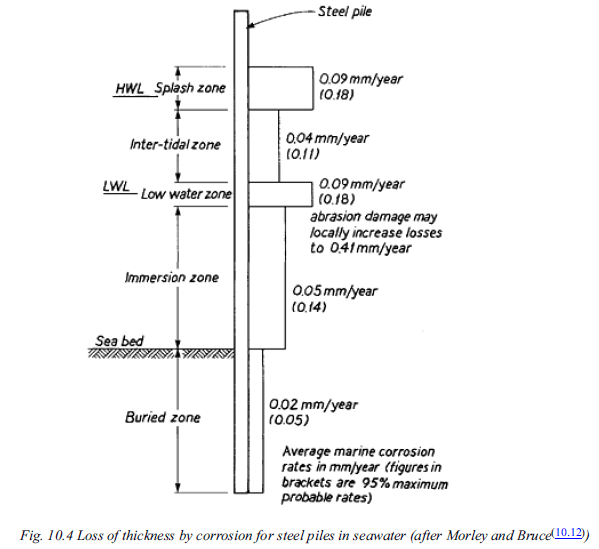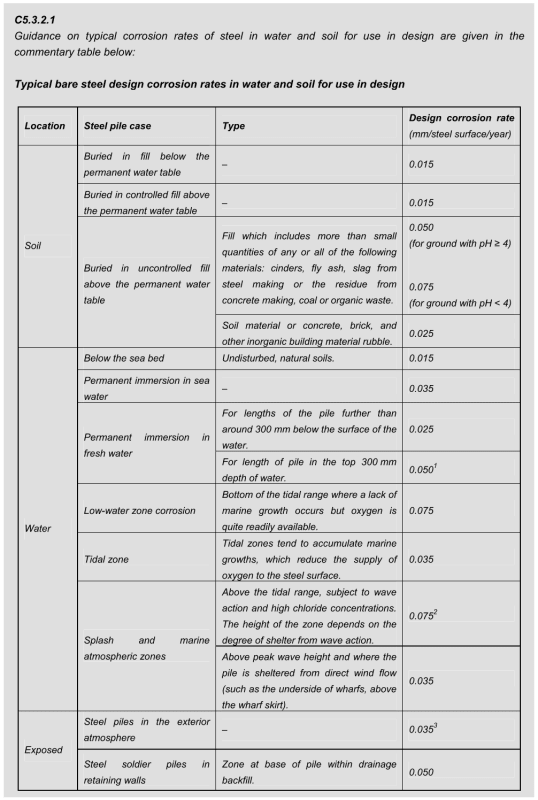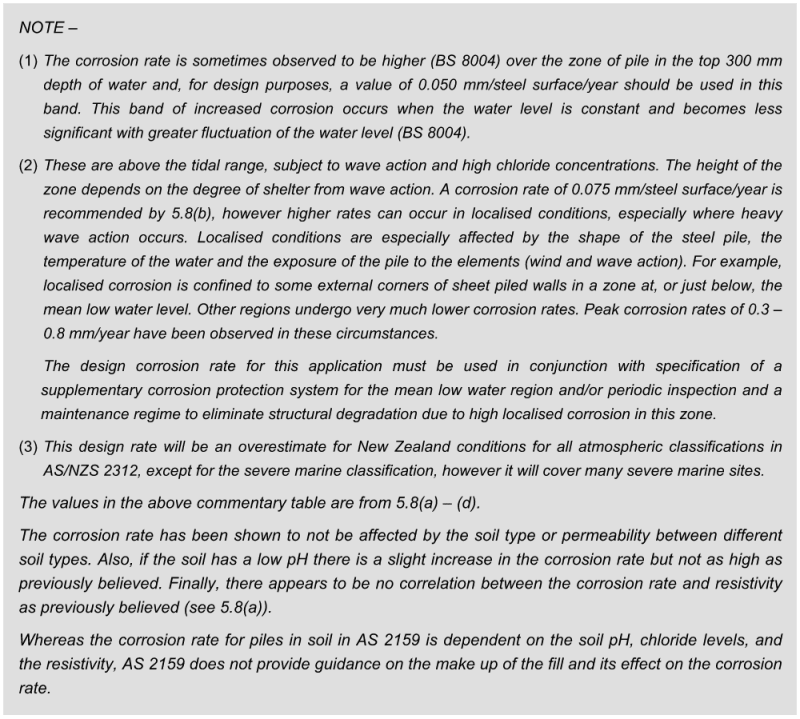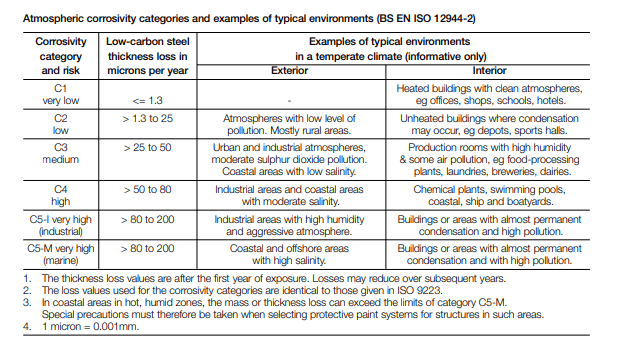JohnCE920
Structural
- May 3, 2013
- 16
I appreciate anyone's help on this. I'm looking at a 20yr old bridge abutment that has steel piles inside corrugated pipes to help with expansion. Upon inspecting this abutment, I found that water had made its way into the pipes and the pile is partially submerged in water. I assume this drains slowly and we have a section with wet/dry cycles.
The only way I can think to measure the section loss is to dig the pile out to the length of the corrugated pipes. Naturally this is invasive and expensive. Does anyone here know where I can find expected corrosion rates for this situation assuming fresh water? I want to be able to estimate the loss to see if we're close to having structural issues or if with reasonable and conservative assumptions, I can say this is OK (while removing the water source).
Thanks again
The only way I can think to measure the section loss is to dig the pile out to the length of the corrugated pipes. Naturally this is invasive and expensive. Does anyone here know where I can find expected corrosion rates for this situation assuming fresh water? I want to be able to estimate the loss to see if we're close to having structural issues or if with reasonable and conservative assumptions, I can say this is OK (while removing the water source).
Thanks again

![[idea] [idea] [idea]](/data/assets/smilies/idea.gif)



